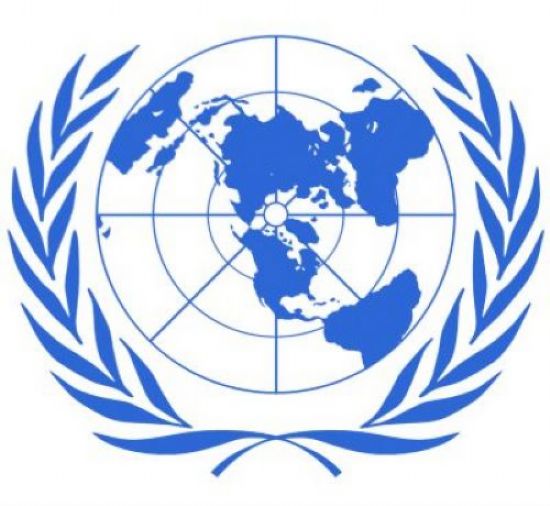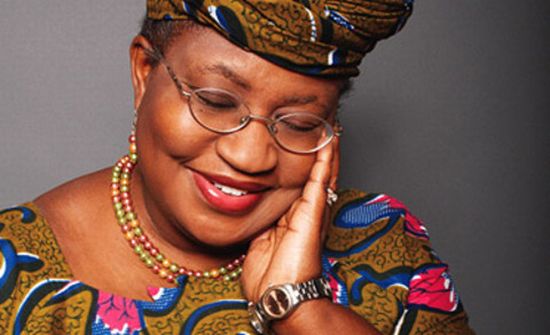 (United Nations) (November 2010) —The 20th anniversary edition of the UN Development Programme’s (UNDP) Human Development Report, launched today in a ceremony with UN Secretary-General Ban Ki-moon and UNDP Administrator Helen Clark spotlights the countries that have made the greatest progress in recent decades as measured by the Human Development Index (HDI), with many sub-Saharan African nations registering major gains in education, life expectancy and overall living standards.
(United Nations) (November 2010) —The 20th anniversary edition of the UN Development Programme’s (UNDP) Human Development Report, launched today in a ceremony with UN Secretary-General Ban Ki-moon and UNDP Administrator Helen Clark spotlights the countries that have made the greatest progress in recent decades as measured by the Human Development Index (HDI), with many sub-Saharan African nations registering major gains in education, life expectancy and overall living standards.
The 2010 Report, The Real Wealth of Nations: Pathways to Human Development, examines progress in health, education and income over the past 40 years, as measured by the HDI, for the 135 countries for which comparable data is available. Ethiopia was 11th in HDI improvement since 1970, with Botswana (14), Benin (18) and Burkina Faso (21) also among the world’s 25 “Top Movers.”
“Sub-Saharan Africa still faces many challenges, but many countries have made significant, and sometimes overlooked, progress, most notably in education, despite severe economic and political adversities,” said Jeni Klugman, the Report’s lead author. “And over the past decade a number of African countries have accelerated progress, since 2000 five—Burkina Faso, Ethiopia, Mozambique, Rwanda and Uganda—are among the Top 10 Movers.
The 2010 Human Development Report was launched today in parallel ceremonies in New York and in Nairobi, Kenya by UN Assistant Secretary-General Tegegnework Gettu, who heads UNDP’s Regional Bureau for Africa, as well as in Dakar, Senegal by Babacar Cisse, UNDP Deputy Regional Director for Africa.
40-year trends
Sub-Saharan Africa’s average literacy rate nearly tripled in percentage terms over the past four decades, rising from 23 percent in 1970 to 65 percent today, the analysis presented in the Report shows.
Average life expectancy in sub-Saharan Africa is now 52 years, up from 44 years in 1970, but still the lowest of any region in the world and far behind the average of nearly 70 years for the 135 countries in the HDI trends analysis. In 2010, Lesotho had sub-Saharan Africa’s lowest life expectancy, at 46 years, while the Comoros Islands lead the region at 66 years. In six countries life expectancy has fallen since 1970: Democratic Republic of the Congo, Lesotho, Swaziland, South Africa, Zambia and Zimbabwe—countries where AIDS prevalence rates still exceed 15 percent.
The majority of African nations have made major HDI gains in the past 40 year. Yet the region presents the three countries in the global study with a lower HDI today than in 1970: Democratic Republic of the Congo, Zambia and Zimbabwe.
“These are countries that have suffered from one, or more, of a combination of factors—the AIDS epidemic, armed conflict and political instability,” Jeni Klugman noted.
Democratic Republic of the Congo and Zambia, however, reversed the long-term negative trend in human development at the turn of the 21st century and have experienced rapid advances during the last decade.
2010 HDI update
The 2010 HDI, which features some technical adjustments of its traditional indicators for health, education and income, illustrates the wide range of development achievements among 37 countries analyzed in the region.
Mauritius ranked highest among sub-Saharan African states—number 72 in the world, which is in the “high human development” category, followed by Gabon (93) and Botswana (98). Zimbabwe ranked last among the 169 countries assessed, primarily due to high rates of AIDS, which has cut life expectancy. This year’s HDI should not be compared to the HDI that appeared in previous editions of the Human Development Report due to the use of different indicators and calculations.
In addition to the 40-years trend analysis and refined HDI, the 2010 Human Development Report introduces three new indices that capture multidimensional poverty, inequality, and gender.
The Report’s new Multidimensional Poverty Index—which identifies simultaneous deprivations in health, education and living standards on the household level in 104 countries—shows that sub-Saharan Africa has the highest incidence of multidimensionally poor in the world: 458 million, or 65 percent of the total population of the 37 sub-Saharan African countries studied. (South Asia is home to the greatest absolute number of people—844 million—living in multidimensional poverty.)
There are huge national variations, however, from a low of 3 percent multidimensionally poor in South Africa to a high of 93 percent in Niger.
Sub-Saharan Africa has the highest loss from inequality in the three HDI dimensions of any region—
33 percent—as measured by the Report’s new Inequality-adjusted Human Development Index. The region’s losses are largely attributable to disparities in life expectancy, since inequality is the highest in the world. Both South Asia and the Arab states suffer greater losses than sub-Saharan Africa when it comes to inequality in education, while Latin America and the Caribbean show greater losses due to income inequality.
The Report’s new Gender Inequality Index—which tracks gender gaps in reproductive health, empowerment and work-force participation in 138 countries—shows that there are proportionally more women in sub-Saharan African parliaments (17 percent) than in Eastern Europe and Central Asia (12 percent), South Asia (10 percent), or the Arab states. Yet the region includes seven of the 10 most gender-unequal countries in the world: Cameroon, Côte d’Ivoire, Liberia, Central Africa Republic, Mali, Niger and Democratic Republic of the Congo. Mauritius ranks 47th on the Gender Inequality Index, as the least unequal country in the region, while Democratic Republic of the Congo ranks second lowest in the world at 137th.
NOTE: Due to the methodological refinements of the HDI formula, which reflect new data availability and changing development patterns, the 2010 rankings are not directly comparable to HDI rankings in earlier Human Development Reports. Additionally, country ranking changes in the HDI are now reported over a five-year comparative period, rather than on a year-to-year basis, to better reflect long-term development trends.
Founded in 2007, Ladybrille® Magazine is a California based pioneer digital publication demystifying the image of Africans in the west through contemporary African fashion and celebrating the brilliant woman in business and leadership, with an emphasis on the African woman in the diaspora. Our coverage includes stories on capital, access to markets, expertise, hiring and retention, sales, marketing, and promotions.


